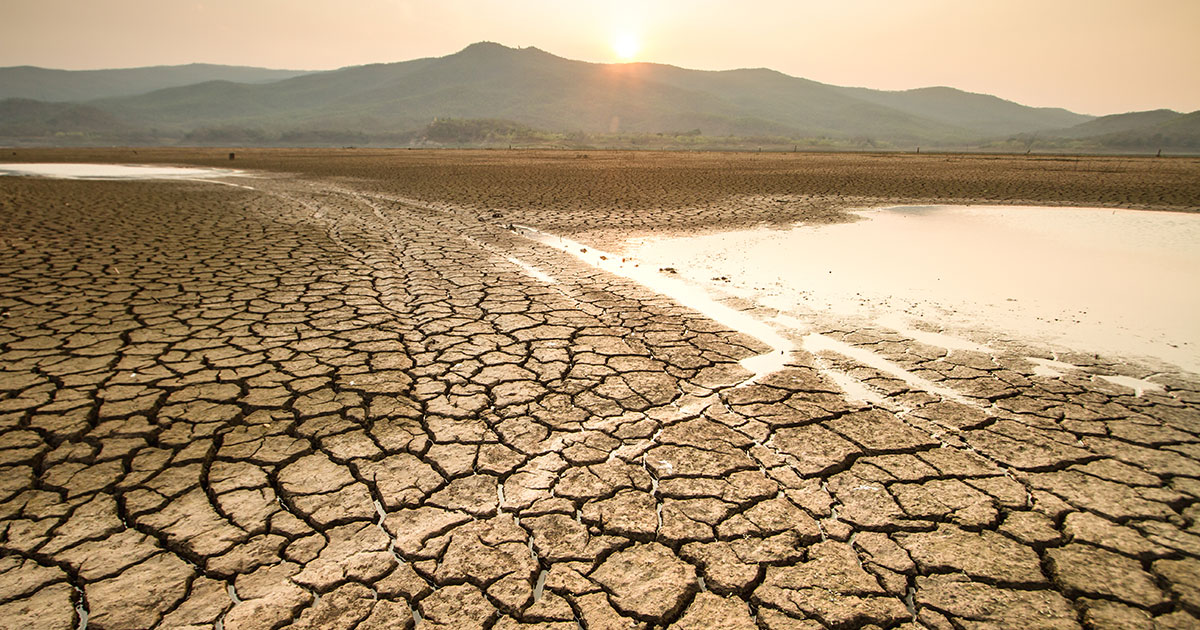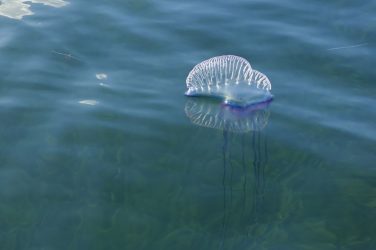The Middle East is one of the most vulnerable regions when it comes to climate change.
The daily “The National” showed US military satellite images from 1960 to 1970 with a huge territory that changed significantly over a decade.
A study by the World Resources Institute in 2019 revealed that 12 out of the 17 most “water stressed” countries are in the region, showing according to the parameters used by the research institute a risen in “pressures upon the state deriving from the population itself or the environment around it”.
Some of the countries in the area – including Yemen, Syria and Iraq – are experiencing water scarcity, climate change, conflict and mismanagement, which combined create a multi-sided crisis, worsening the impact of drought and desertification.
The images provide examples of how the territory has changed, like a picture from 1969 of Buraydah, in Saudi Arabia which has hosted since 1964 the Prince Naif bin Abdulaziz International Airport that brought over the years to the construction of new towns and villages, universities and distinctive circular fields of center-pivot irrigation, the newspaper reported.
Over the years, strategies to deal with reduced water provision have emerged, like in Jordan and Iraq where irrigation has new and more efficient rules and water tariffs have risen to halt excessive consumption.
Jawad Al Bakri, a professor of agriculture at the University of Jordan, has stated recently that a strong reduction in water in the agricultural sector will strongly damage fields, and that in the northern region of the country the search for groundwater must be activated to get the water necessary to continue activities.
Water problems are also rising in Gaza, where images from 1967 until today show the transformation of large areas into agricultural land thanks to the use of more energy sources.
However, today there is fear that these sources could dry up, bringing a desert area. To fight the phenomenon, Gaza has some seawater desalination plants producing water for more than 800,000 residents but also consumes a lot of energy in an era vying for sustainable development.









Show Comments